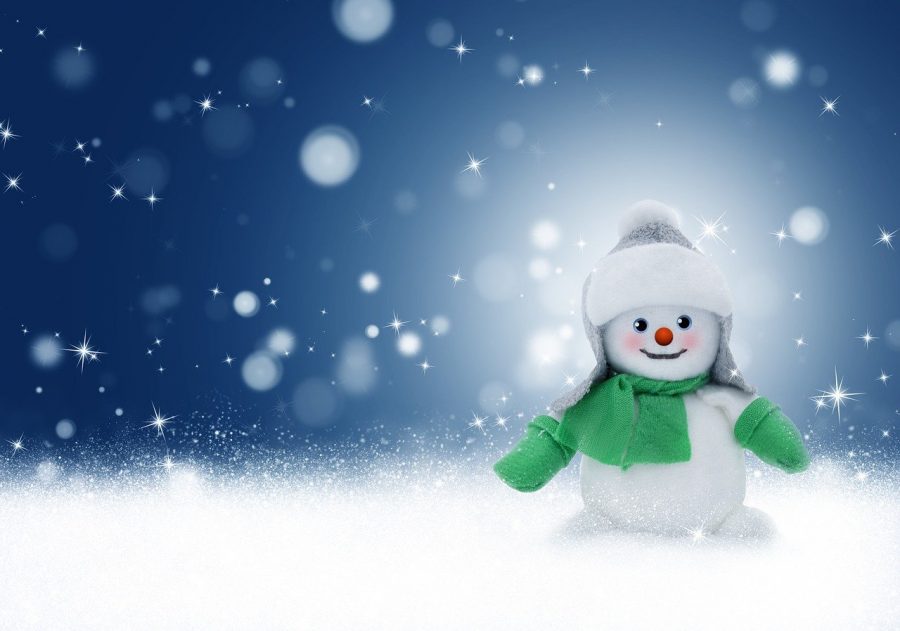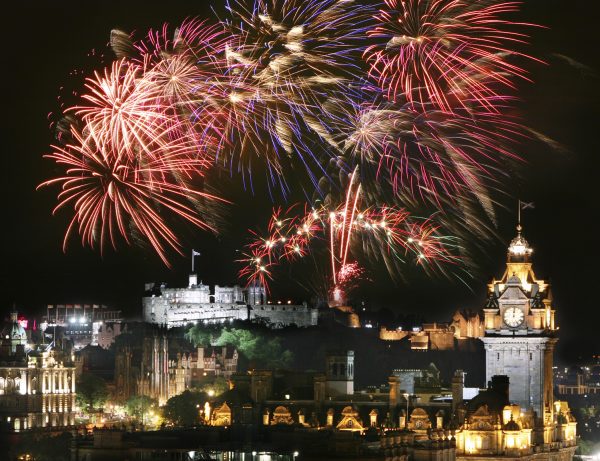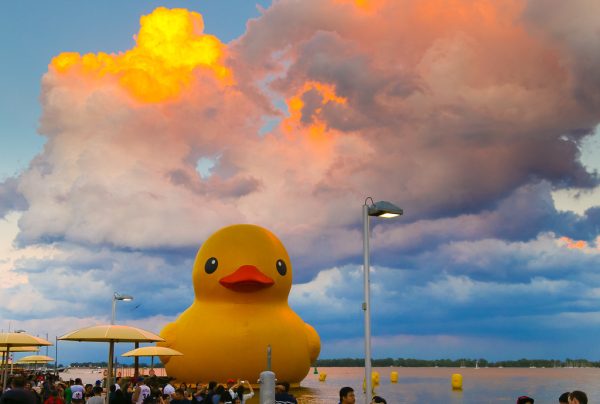Unusual holiday trio to bring in winter
Image by Larisa Koshkina from Pixabay
Yule, love this time of the year…
The Winter Solstice is the shortest day, and the longest night, of the year in the Northern Hemisphere. This occurs annually between December 20 and December 23, which is also the beginning of winter. This year it will happen on Monday, December 21.
Celebrations of this day have changed around the world, from ancient times to modern-day. Celebrations, festivals, rituals and holidays have taken place, recognizing that Winter Solstice have varied from culture to culture (http://tiny.cc/WinterSolstice).
Since the earliest calendars, this day marked the hardest time of the year for early people, especially because survival was paramount in some areas when food and heat were not reliable, but that’s not the only title that the changes of season have been celebrated.
Yule is a day that occurs and is observed on the arrival of Winter Solstice. Yule celebrations include bonfires, decorating with holly, mistletoe and the boughs of evergreen trees, ritual sacrifices, feasts, and gift-giving. In the beginning, Yule was celebrated primarily by the Germanic cultures of northern and western Europe. The midpoint of winter was a time to celebrate the rebirth of the sun and the light it would bring to the earth (http://tiny.cc/Yule).
While Yule is an older holiday that is rarely celebrated in the modern world, Festivus is relatively modern. Each year, on December 23, Festivus commemorates a holiday episode of the television comedy, Seinfeld. This television series brought Festivus when Jerry Stiller explains he invented the holiday in response to the commercialism of Christmas. Its slogan is “A Festivus for the rest of us.” To celebrate Festivus, people are encouraged to watch the Seinfeld episodes, count the number of miracles, pick up an aluminum pole and decorate it. Then they can let the airing of grievances begin and celebrate (http://tiny.cc/Festivus).

The infamous Jaime Ramirez was born on January 4, 2003 in Stockton. He is the youngest of four, with two older sisters and an older brother. When he was...



